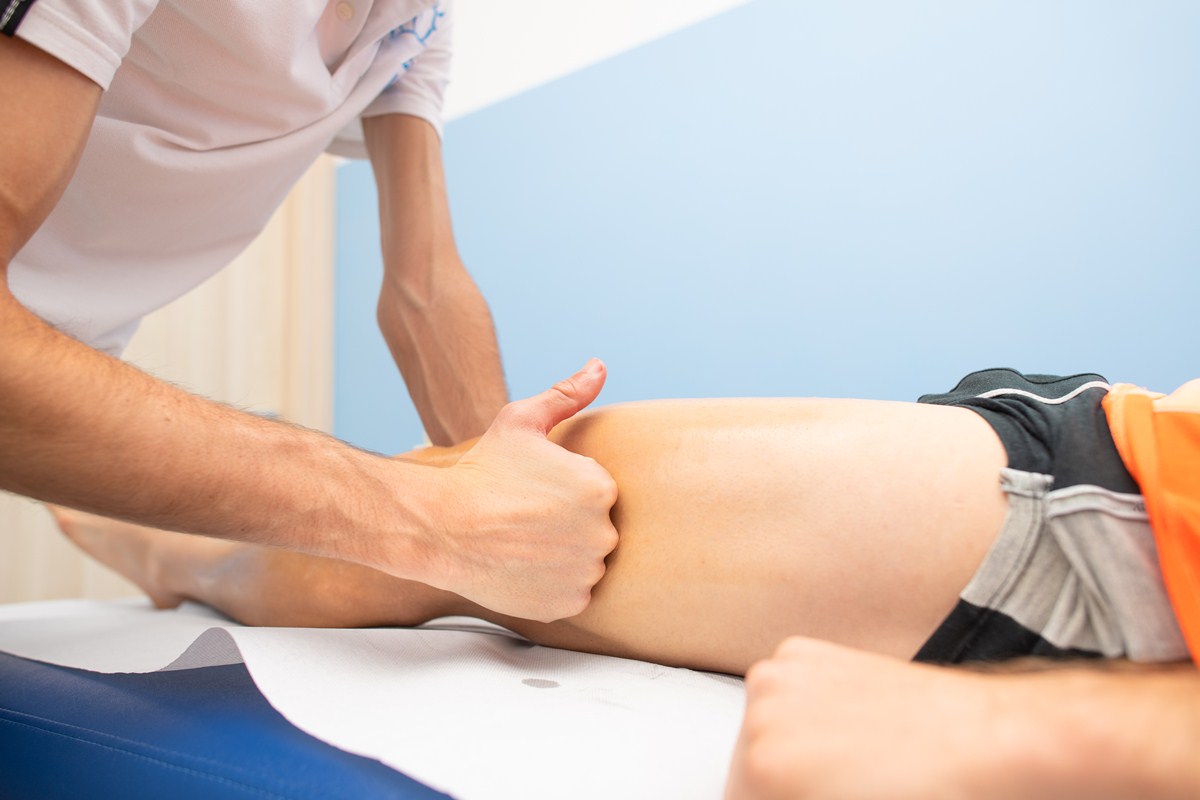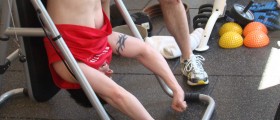The Principles of Energetic Metabolism
In terms of energy metabolism, there are two types of exercises: aerobic and anaerobic. Aerobic exercises are those during which the active muscles get enough oxygen for the conversion of glucose into energy. If however the exercising intensity exceeds a certain limit, the glucose is being converted into lactic acid -- not directly, but through several steps of metabolic pathway, which represents anaerobic metabolism.

Therefore, the accumulation of lactic acid in the organism during physical activity is mainly the consequence of an imbalance between the intensity of exercises and the person's physical fitness.
Physical Fitness is defined as the ability of the circulatory and respiratory system to deliver appropriate amounts of oxygen and nutrients to active muscles in order to avoid anaerobic metabolism.
It is well established that the maximum heart rate is individual and it can be calculated approximately as: 220 - age. So for example, a 20-year-old person has a maximum heart rate of 200/min. Over that limit, the circulatory system fails to completely satisfy the oxygen requirements and anaerobic metabolism gradually replaces aerobic.
On the other hand, the insufficient resources stimulate muscle growth, and optimal results in bodybuilding cannot possibly be achieved without the involvement of anaerobic metabolism.
Choose Your Goal!
Choosing what you really want to achieve with your training plan is the first step in dealing with the issues with lactic acid.
If, however, you want to build your muscles, be prepared to feel occasional muscle soreness due to an increased amount of lactic acid, and although there are some ways to speed up its elimination, you cannot expect to be completely free of it. Another fact is that lactic acid is just one of the factors responsible for muscle soreness.
Possible Solutions
Bodybuilders try different approaches with the aim of dealing deal with excess lactic acid, some of which are proven helpful, but there are also misconceptions. For example, despite the nice relaxing effect that massage could have after training, recent research shows that it disturbs the blood flow in the muscles, thus slowing the elimination of lactic acid.
One study tested the speed of lactic acid elimination in persons undergoing different regimens after very intensive training. It turned out that mild, continual physical activity after exercising, such as slow running, has a much better effect on lactic acid elimination than rest and intensive activity.
If you engage in high intense physical activity, do it gradually through a series of warm-up exercises. That will give your circulatory and respiratory system time to fully activate.
In addition to the previous advice, stay well hydrated during the training and keep in mind that nutrition and exercises are always complementary in order to achieve desired results.
- Bonen, A., Belcastro, A.N. Comparison of self-selected recovery methods on lactic acid removal rates. Med Sci Sports. 1976 Fall.8(3):176-8.
- Queen's University (2009, May 8). Massage After Exercise Myth Busted. ScienceDaily. Retrieved October 3, 2013, from http://www.sciencedaily.com/releases/2009/05/090507164405.htm
- Photo courtesy of SteadyHealth
















